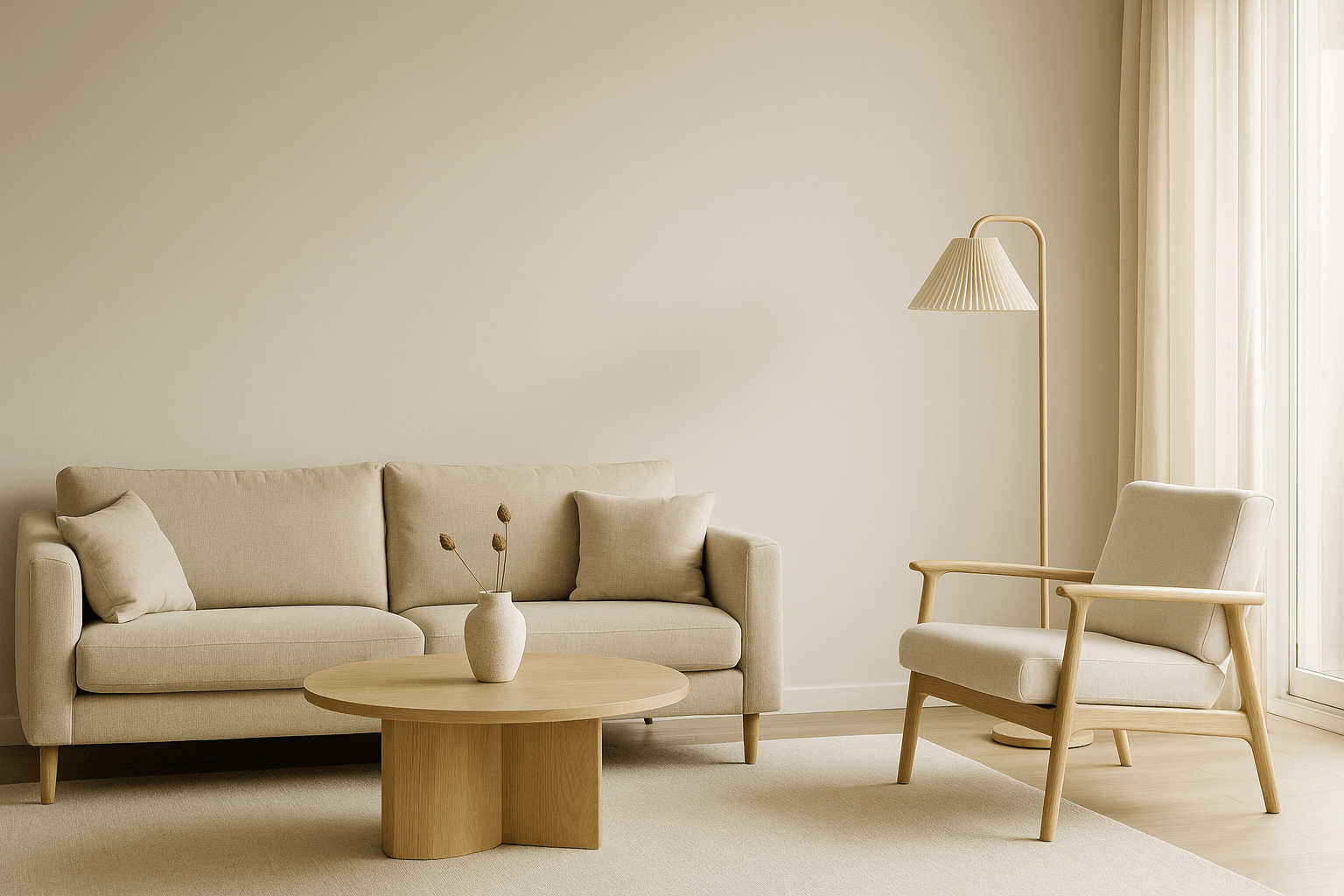What Does It Mean to Design With Silence?
We rarely think about silence in interior design—but in minimalist homes, silence isn’t just a sound absence—it’s a spatial experience.
Designing with silence means creating a home that feels unhurried, undemanding, and emotionally still. It’s about using space, light, and material in a way that supports mental quiet—not stimulation.
In a world full of noise, silence becomes the most luxurious texture.
Silence in Design = Emotional Stillness
When your environment isn’t constantly asking for your attention—with patterns, colors, screens, or clutter—your nervous system relaxes. That’s what minimalist homes are built for:
-
Lower stimulation
-
Visual rest
-
Emotional presence
Silence is the mood that emerges when nothing is shouting for your attention.
How to Design for Silence at Home
1. Choose Muted, Tonal Palettes
Use soft whites, pale wood, warm greys, and earthy neutrals. These colors recede rather than compete, supporting a visual hush.
2. Use Materials That Absorb or Soften Sound
Linen curtains, wool rugs, upholstered seating—all help reduce echo and harshness, allowing sound to settle softly in the room.
3. Leave Negative Space
Give objects and walls room to breathe. Don’t decorate for the sake of filling. Stillness lives in what’s left unfilled.
4. Eliminate Visual Noise
Avoid logos, labels, exposed cables, or excess small decor. Let each piece have space and clarity in its presentation.
5. Bring in Natural Elements
Stone, wood, clay, and greenery help ground the space. They reflect nature’s pace—quiet, slow, and timeless.
6. Use Light Like a Whisper
Skip harsh overhead lighting. Opt for warm-toned table lamps, sconces, or candles. Let natural light shift and play across surfaces.
The Sound of a Space That Feels Silent
Even if you live in a city or a busy household, your home can still feel silent through:
-
Soft materials
-
Minimal layering
-
Gentle lighting
-
Neutral surroundings
It’s not about muting life—it’s about inviting presence.
Final Thoughts
Designing with silence is about choosing calm over complexity. It’s not about being empty—it’s about being intentional.
When your space stops speaking loudly, it starts listening. And in that quiet, you can finally hear yourself.
















